Your vital organs—screened
Scan your body for potential cancer and 500+ conditions in up to 13 organs.




Our scan is designed to















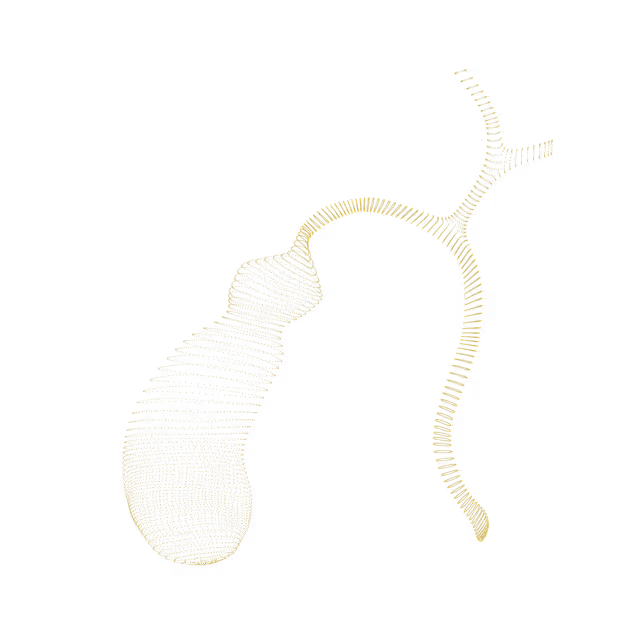
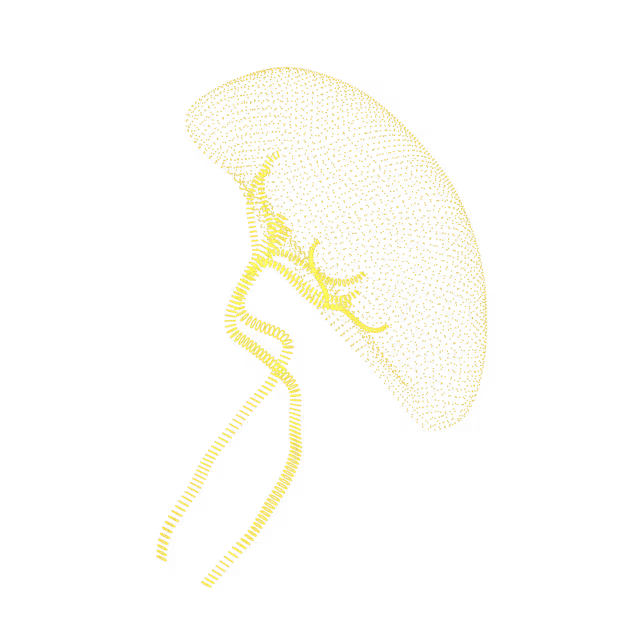

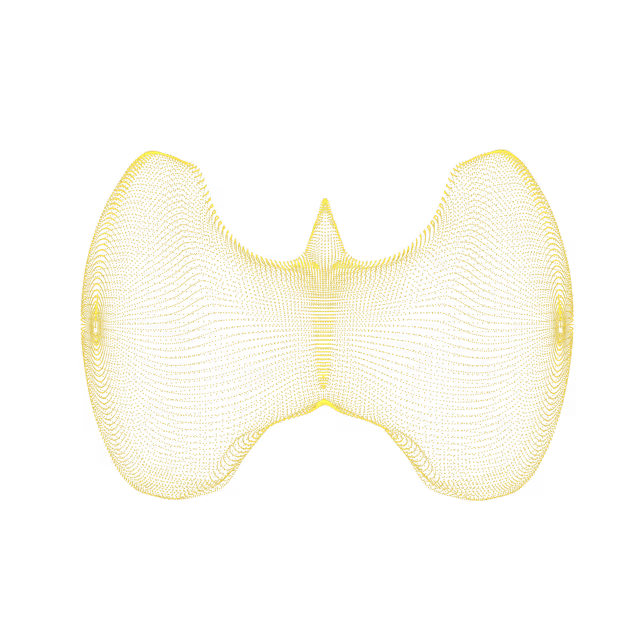


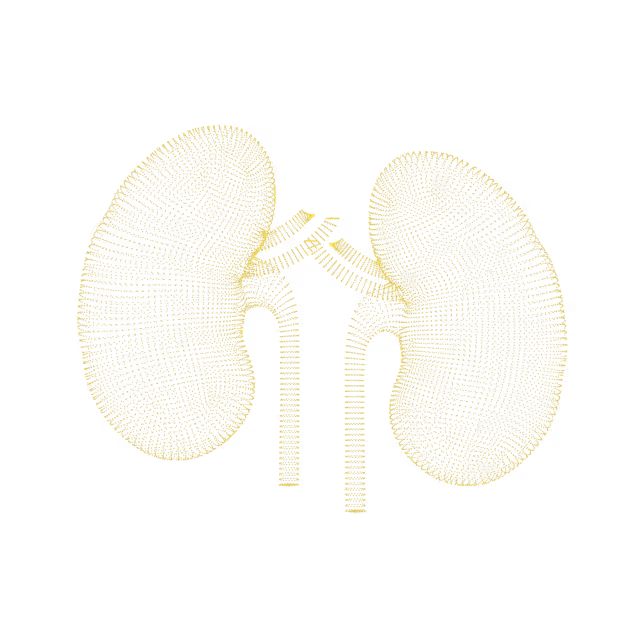
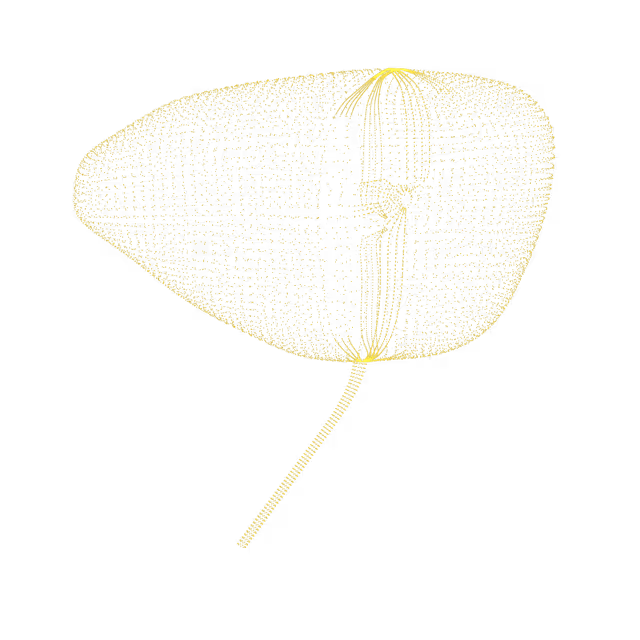
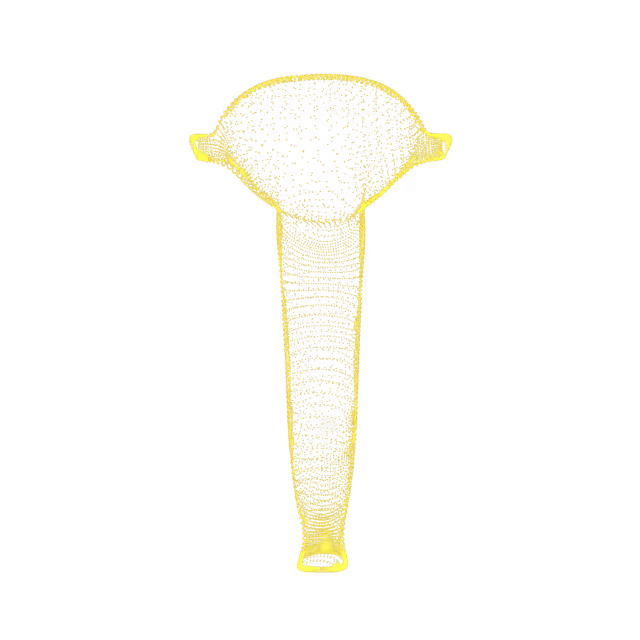

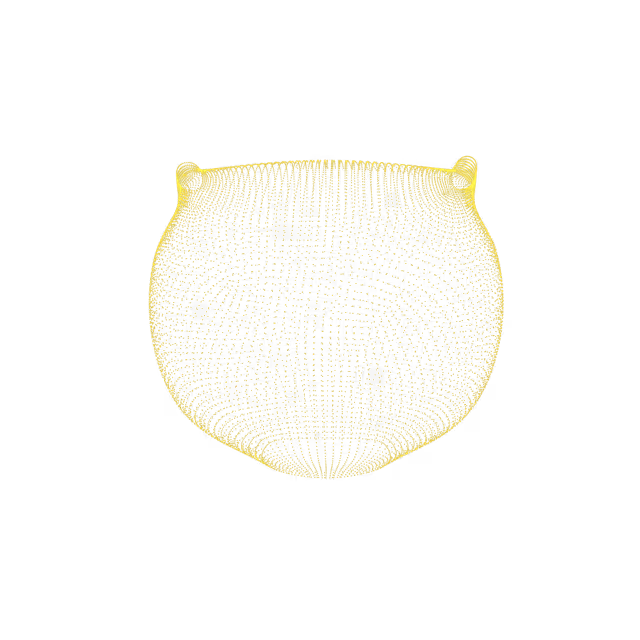

Xanthogranulomas of the choroid plexus are common benign (non-cancerous) lesions. It is unclear whether they represent a distinct entity from adult choroid plexus cysts, but they share imaging characteristics. As the clinical history is the same, the distinction is largely irrelevant.
Syringomyelia is a condition in which a syrinx (fluid filled cyst) develops within the spinal cord. The most common cause of syrinx formation is Chiari malformation type I, a condition in which brain tissue protrudes into the spinal canal. Other causes include birth defects, spinal cord tumors, spinal cord injuries, and conditions such as meningitis and multiple sclerosis.
An infarct (short for infarction) is a stroke caused by an interruption of a healthy blood supply to the brain. Old infarcts are not reversible. They are most commonly caused by the same risk factors that cause heart disease, including high blood pressure, poor cholesterol levels, diabetes, smoking and sometimes emboli (small particles such as blood clots or plaque that traveled from other parts of the body).
Meningoencephalocele is an abnormal sac of fluid, brain tissue, and meninges (membranes that cover the brain and spinal cord) that extends through a defect in the skull. The condition is typically congenital (present at birth) but can infrequently develop in older individuals. The underlying cause of the condition is uncertain. Hydrocephalus (a build-up of cerebrospinal fluid inside the brain) and abnormalities of the eyeball and tear duct have been clinically associated with meningoencephalocele.
Gyri are ridges on the surface of the brain. Mass effect is compressing/pushing of the adjacent gyri from an adjacent mass.
The growth of abnormal cells in the tissues of the brain. Brain tumors can be benign (not cancer) or malignant (cancer).
Hemorrhage (bleeding) in the brain is when a blood vessel breaks and bleeds into the brain tissue. A brain hemorrhage is most commonly caused by high blood pressure, ruptured aneurysms, malformations of the blood vessels of the brain and amyloid angiopathy (protein deposits in the brain blood vessels).
Brain metastases are lesions in the brain from the spread of cancer from other organs to the brain.
Chronica small vessel ischemia is the term used to describe the changes which occur by disrupting the small blood vessels in the brain and is a direct sign of poor cardiovascular health. Mild or patchy small vessel ischemia is a fairly common finding in patients over the age of 60.
White matter disease is an umbrella term for damage to your brain's white matter caused by reduced blood flow to the tissue. It can cause issues with memory, balance and mobility. People who have risk factors for cardiovascular disease also have a greater risk of developing white matter disease.


© 2025 Ezra